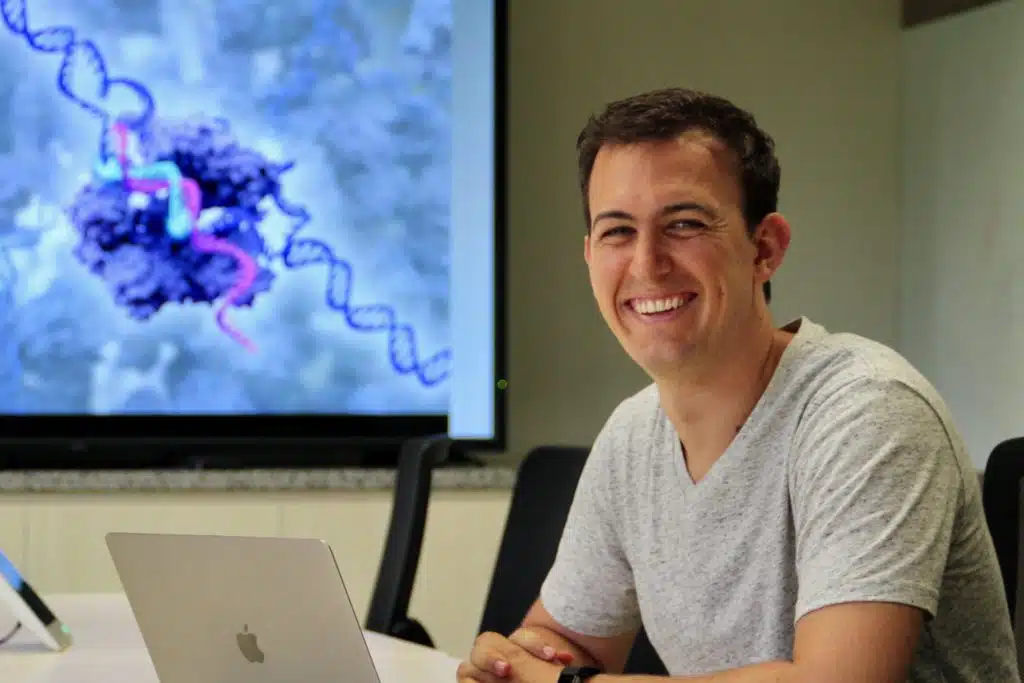CRISPR lets scientists directly edit the DNA of cells.
While powerful, the technology can be challenging to apply: some edits to sites are less effective, with the underlying DNA remaining unchanged.
But it’s a process or trial and error, costing researchers time and money as they search for the best site to manipulate the genome.
New software developed by scientists at CSIRO, Sydney, automatically pinpoints the best target areas for genome editing, improving the process radically.
“So far efforts to address this inefficiency have failed. Our new computer program, TUSCAN, can predict which locations within a cell’s DNA are the best target sites,” says Dr Laurence Wilson.
“We can therefore increase the accuracy by up to 80 per cent and increase speed by up to 1,000-fold.”
It’s part of CSIRO’s research into genome engineering technologies to fight mosquito-borne viruses, such as malaria—which causes 2.7 million deaths annually.
“To achieve this, CSIRO has developed a suite of computational tools, including TUSCAN, which harness serverless technology to optimise its genome engineering technology,” Laurence says.
“TUSCAN outperforms all current models due to a better understanding of how the experimental data to date can influence future predictions, and by using a machine learning approach that leverages the interactions between sequence features of the ‘guiding’ molecule used by CRISPR, for better predictions,” Laurence says.
To create the software, the team wanted to understand the rules that control how CRISPR works, including the interaction of the guiding molecule and the target DNA.
“By understanding how it has worked in the past, we can predict how it will work in the future and learn how to take this technology to the next level,” Laurence says.
Read the paper here.
Image: Laurence and his team are working to make CRISPR gene editing more predictable. Credit: Denis Bauer





 Fresh Science is on hold for 2022. We will be back in 2023.
Fresh Science is on hold for 2022. We will be back in 2023.